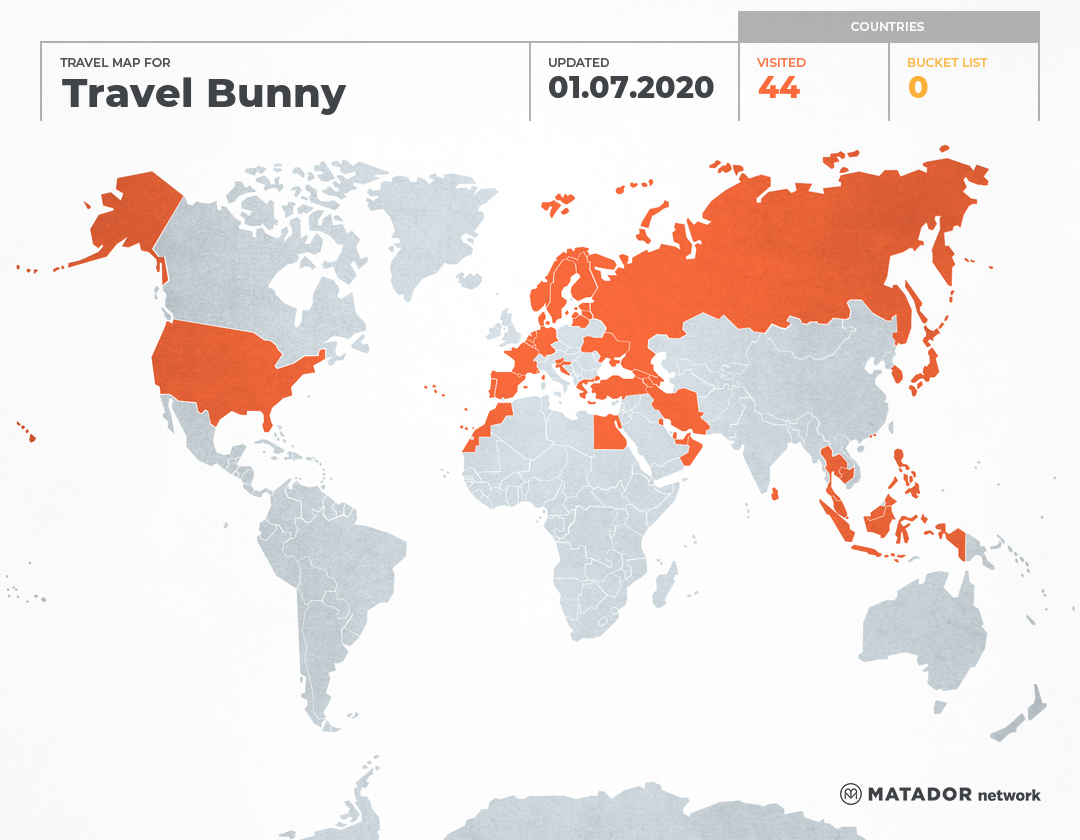CROATIA - Solin and Salona
 Located about 5km northeast of Split is the town of Solin. The main attraction here is non other than Salona, an ancient city and capital of the former Roman Dalmatian province. The site was seized by the Romans in 78 BC and ruins of this ancient city is of archaeological importance in Croatia.
Located about 5km northeast of Split is the town of Solin. The main attraction here is non other than Salona, an ancient city and capital of the former Roman Dalmatian province. The site was seized by the Romans in 78 BC and ruins of this ancient city is of archaeological importance in Croatia. In ancient times, it first appeared under the name of Salona as a Greek colony founded in the 3rd century BC, later becoming a Roman colony. Salona was the 4th largest city in Roman Empire at that time.
In ancient times, it first appeared under the name of Salona as a Greek colony founded in the 3rd century BC, later becoming a Roman colony. Salona was the 4th largest city in Roman Empire at that time.
Well compare to its heyday, Solin is now just a small and quiet town with the population of 20,000.
 After visiting Kliss Fortress, I headed to this small island called Gospin Otok, translated in English as Lady’s Island. The island is the site of Church of St. Mary.
After visiting Kliss Fortress, I headed to this small island called Gospin Otok, translated in English as Lady’s Island. The island is the site of Church of St. Mary. A bridge that connects to the island.
A bridge that connects to the island. There were some ducks lingering on the shallow banks of Solin River under the bridge.
There were some ducks lingering on the shallow banks of Solin River under the bridge. The Church of St. Mary and its bell tower. When the digging of foundation for the church bell tower began in 1898, remains of old walls were discovered. Under the ground, there are remains of a medieval basilica, built in the 10th century and dedicated to St. Stephen. According to the chronicler, it also houses the grave inscription of the Croatian queen Helena.
The Church of St. Mary and its bell tower. When the digging of foundation for the church bell tower began in 1898, remains of old walls were discovered. Under the ground, there are remains of a medieval basilica, built in the 10th century and dedicated to St. Stephen. According to the chronicler, it also houses the grave inscription of the Croatian queen Helena. The present day church was built in 1880, the previous one having been destroyed in fire in 1875.
The present day church was built in 1880, the previous one having been destroyed in fire in 1875. Both the churches of St. Stephen and St. Mary in Salona were built and donated by Queen Helena.
Both the churches of St. Stephen and St. Mary in Salona were built and donated by Queen Helena.

 Pope John Paul II visited the church in 1998.
Pope John Paul II visited the church in 1998.
 In ancient times, Solin River had a completely different stream that ran through the city.
In ancient times, Solin River had a completely different stream that ran through the city.
Next, I visited the ancient city of Salona.

The opening hours is 9am – 7pm from Monday to Saturday and 9am – 2pm on Sunday. The entrance ticket (Salona and archeological museum) for an adult is 30Kn and a child is 15Kn.

In the first millennium BC, the Greeks set up a marketplace here. After the Romans conquered the region, Salona became the capital of Roman province of Dalmatia.

But Salona was mostly destroyed in the 6th century during the invasion of the Avars and Slavs. The citizens of Salona took refuge in Diocletian’s Palace.
 The remains of the basilica and the cemetery of Manstirine constitute the most important Early Christian complex of Salona. It is one of the largest open graveyards where early Christian martyrs were buried.
The remains of the basilica and the cemetery of Manstirine constitute the most important Early Christian complex of Salona. It is one of the largest open graveyards where early Christian martyrs were buried. The first Christian funeral known to have taken place at the necropolis was one of the Salonian bishop and martyr Domnio, who had come to Salona from the Syrian city of Antioch.
The first Christian funeral known to have taken place at the necropolis was one of the Salonian bishop and martyr Domnio, who had come to Salona from the Syrian city of Antioch. In the early 7th century, both the basilica and the cemetery were looted and partly destroyed.
In the early 7th century, both the basilica and the cemetery were looted and partly destroyed.


 Adjacent to the Manastirine is the Tusculum Museum.
Adjacent to the Manastirine is the Tusculum Museum. Some of the artifacts on display at the museum.
Some of the artifacts on display at the museum.


 The 19th century Croatian archaeologist, Don Frane Bulic devoted his career to the study of early Christian artifacts, particularly those in Salona.
The 19th century Croatian archaeologist, Don Frane Bulic devoted his career to the study of early Christian artifacts, particularly those in Salona. Sculpture of Don Frane Bulic.
Sculpture of Don Frane Bulic.






 Next to the Tusculum Museum is a lovely garden.
Next to the Tusculum Museum is a lovely garden.

 Good place to sit down and take a break before we proceeded to explore the remaining attractions of Salona.
Good place to sit down and take a break before we proceeded to explore the remaining attractions of Salona. Other attractions of Salona includes the remains of a covered aqueduct, thermal baths used by the Romans and the amphitheater.
Other attractions of Salona includes the remains of a covered aqueduct, thermal baths used by the Romans and the amphitheater. The ancient city of Salona covers a vast area. Its not a stroll in the park if you want to explore the whole of the city.
The ancient city of Salona covers a vast area. Its not a stroll in the park if you want to explore the whole of the city.
 The centre of Early Christian Salona is located in the eastern part of the town in the immediate vicinity of the Christian oratory where the first Salonitan Christians secretly gathered for prayer or worship.
The centre of Early Christian Salona is located in the eastern part of the town in the immediate vicinity of the Christian oratory where the first Salonitan Christians secretly gathered for prayer or worship.

 Plenty of olive trees in the area.
Plenty of olive trees in the area.
 The ruins of early Christian graveyards with basilicas from the 4th century.
The ruins of early Christian graveyards with basilicas from the 4th century.
 This location holds the remnants of the oldest Salonitan cemeterial basilica called the Basilica of the Five Martyrs.
This location holds the remnants of the oldest Salonitan cemeterial basilica called the Basilica of the Five Martyrs.
 It was erected in the middle of 4th century above the graves of five martyrs, the priest Asterius and four imperial guards (Antiochianus, Gaianus, Paulinianus, and Telius.
It was erected in the middle of 4th century above the graves of five martyrs, the priest Asterius and four imperial guards (Antiochianus, Gaianus, Paulinianus, and Telius.
 And finally, I reached the amphitheater after a long walk.
And finally, I reached the amphitheater after a long walk. The amphitheater was erected in the latter half of the 2nd century, and is situated in the north-west part of ancient Salona. It is ellipsoidal in shape, 125m x 100m in size. The arena where the gladiators’ fights took place, was bordered by a paved and covered corridor.
The amphitheater was erected in the latter half of the 2nd century, and is situated in the north-west part of ancient Salona. It is ellipsoidal in shape, 125m x 100m in size. The arena where the gladiators’ fights took place, was bordered by a paved and covered corridor.
The fights in the arena could be watched by some 17,000 spectators.

The auditorium was divided into three tiers, the lower two with seats and upper one for standing.

 The amphitheater was most severely destroyed during the wars against the Turks and in the 17th century, when the Venetians had it demolished for strategic reasons. Nevertheless, it is still the most beautiful structure in the ancient city of Salona.
The amphitheater was most severely destroyed during the wars against the Turks and in the 17th century, when the Venetians had it demolished for strategic reasons. Nevertheless, it is still the most beautiful structure in the ancient city of Salona.
Afterwards, it started raining and we had to seek shelter from the rain in this small museum near the amphitheater.

The museum is called the House Parac, which is built in the 1863 with the stones of the the amphitheater. Entrance is free.

This is how the amphitheater would have looked like before it was destroyed.


Some of the archaeological exhibition.

The restoration workshop.
 After visiting Salona, I headed back to Split where I spent a second night before departing to Hvar Island.
After visiting Salona, I headed back to Split where I spent a second night before departing to Hvar Island.



![[GERMANY] Step by Step Guide on How to Book DB Railway](https://blogger.googleusercontent.com/img/b/R29vZ2xl/AVvXsEjs_fsleIYoWNpCRf4qh024iqNDlzYAZsGnv7qngfBwhoXWFVRTgw31VqoXBUIsRDDNPE68fxkM7MlUv8BNoUxLuqSfpTiwzufNHSXaFoCqzaCaX68YDOR7kTKATYFBGGgKqtSGWLWRZRyk/s72-c/20190919_082027_HDR.jpg)







0 comments: